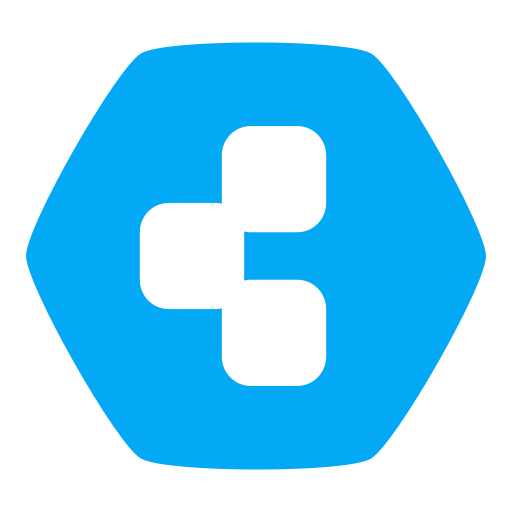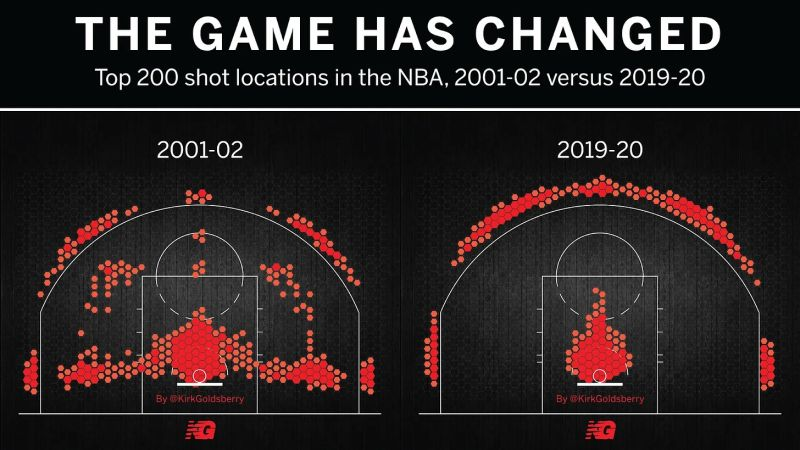AI on Cloudron
-
OpenEvidence, the non-Free, Medical AI, now is offering its API, for a price. If you give your details, you can try asking it about an ailment:
-
Just in case you guys have missed it GROK is now OPEN SOURCE!
Grok-1 is a 314B (that's billions of) parameter Mixture-of-Experts model, trained from scratch, and is now open source!
https://twitter.com/elonmusk/status/1767108624038449405
https://www.producthunt.com/posts/grok-1
https://www.producthunt.com/products/grok-ai-assistant -
-
Just in case you guys have missed it GROK is now OPEN SOURCE!
Grok-1 is a 314B (that's billions of) parameter Mixture-of-Experts model, trained from scratch, and is now open source!
https://twitter.com/elonmusk/status/1767108624038449405
https://www.producthunt.com/posts/grok-1
https://www.producthunt.com/products/grok-ai-assistant@micmc Open-Sources in AIs is a misnomer, given the models are compiled.
Still the right direction, but open-source could be used as a false sense of security given the compute power to compile the models is in the hands of very few.
-
@micmc Open-Sources in AIs is a misnomer, given the models are compiled.
Still the right direction, but open-source could be used as a false sense of security given the compute power to compile the models is in the hands of very few.
@marcusquinn said in AI on Cloudron:
@micmc Open-Sources in AIs is a misnomer, given the models are compiled.
Still the right direction, but open-source could be used as a false sense of security given the compute power to compile the models is in the hands of very few.
Yeah, I sure get it, and in that sense you're right. I think, the idea of open source in language models is that you're able to download and privately host and train the model with your own data, to which, theoretically speaking no one else has access. All binary that we cannot examine the code cannot really called 'open source' in the real sense of the term.
-
Rabbit
https://rabbit.techAI Operating System device
-
Stability AI released Stable Audio 2.0, an AI music generator.
https://stability.ai/news/stable-audio-2-0There is an open source project related to this:
stable-audio tools:
https://github.com/Stability-AI/stable-audio-tools -
Opera Web Browser - now has LLM (Large Language Model) support:
https://press.opera.com/2023/03/22/opera-ai-features-stage1/ -
Anthropic's Claude AI now can use tools:
https://docs.anthropic.com/claude/docs/tool-use -
Google announced Lumiere
Amongst other things, image to video, etc: -
Anthropic's Claude AI Opus has context large enough to write an entire novel when chained with other AI:
https://threadreaderapp.com/thread/1775543642561597821.html -
Google Screen AI - Not available yet but this non-Free, multi-modal AI has been announced:
-
Command R+
Language model released under a Free Licence, comparable in power to Claude Sonnet. Aimed at enterprise market. Currently available through M$FT Azure:https://chat.lmsys.org/?leaderboard
https://txt.cohere.com/command-r-plus-microsoft-azure/
https://threadreaderapp.com/thread/1775878850699808928.html -
Here is a nice review of Command R+
https://inv.tux.pizza/watch?v=tbYKa4PgDVA -
Use AI to fix github issues - SWE-agent:
Docker: Yes
Licence: MIT
https://github.com/princeton-nlp/SWE-agent
https://inv.tux.pizza/watch?v=9-JBHGlYEBI -
Non-Free Google Gemini 1.5 pro available
https://threadreaderapp.com/thread/1778026405793828986.html -
-
Anthropic AI's CEO has said that AI might be able to survive in the wild by next year. It was speculated elsewhere that it could fund itself through OnlyFans.
https://futurism.com/the-byte/anthropic-ceo-ai-replicate-survive
-
M$FT VASA-1 - Talking Heads
-
Cool interview on progress towards autonomous AI:
https://inv.tux.pizza/watch?v=6RUR6an5hOY&quality=dashvia Arya ai:
Enclosure in the context of technology, particularly open-source, refers to the phenomenon where a technology that was initially open and accessible becomes controlled or monopolized by a specific entity or group. This can happen through various means, such as strategic acquisitions, licensing restrictions, or the development of proprietary features that are not available in the open-source version. Some examples of enclosure include:
Oracle's acquisition of Sun Microsystems, which led to the discontinuation of the open-source OpenSolaris operating system.
Google's acquisition of Android and the development of proprietary features and services (like Google Play Services) that are not available in the open-source version (AOSP).
Microsoft's acquisition of GitHub, which raised concerns about the future of open-source projects hosted on the platform.
These examples illustrate how the enclosure can happen through strategic acquisitions and the development of proprietary features, leading to the control or monopolization of open-source technology.

